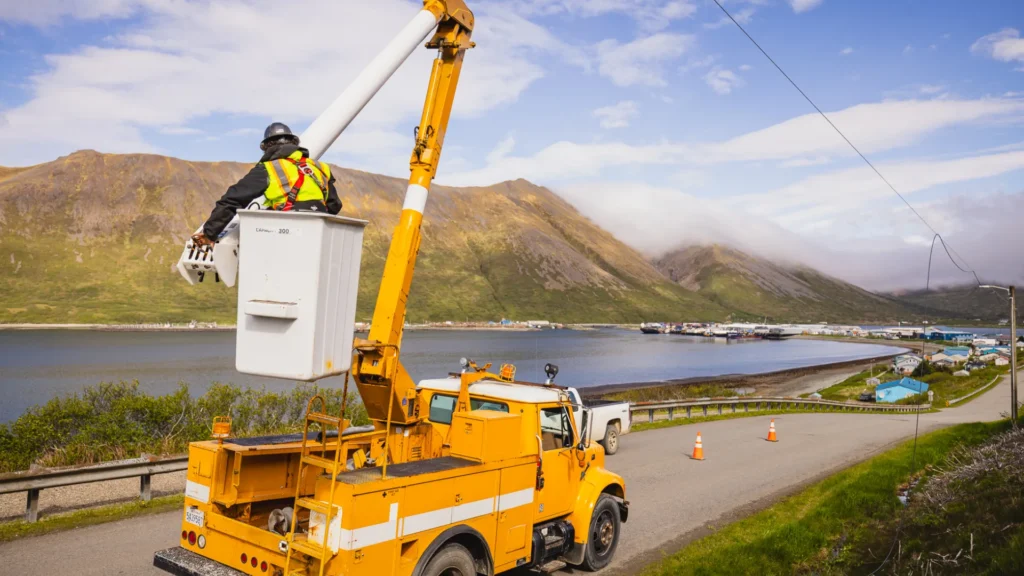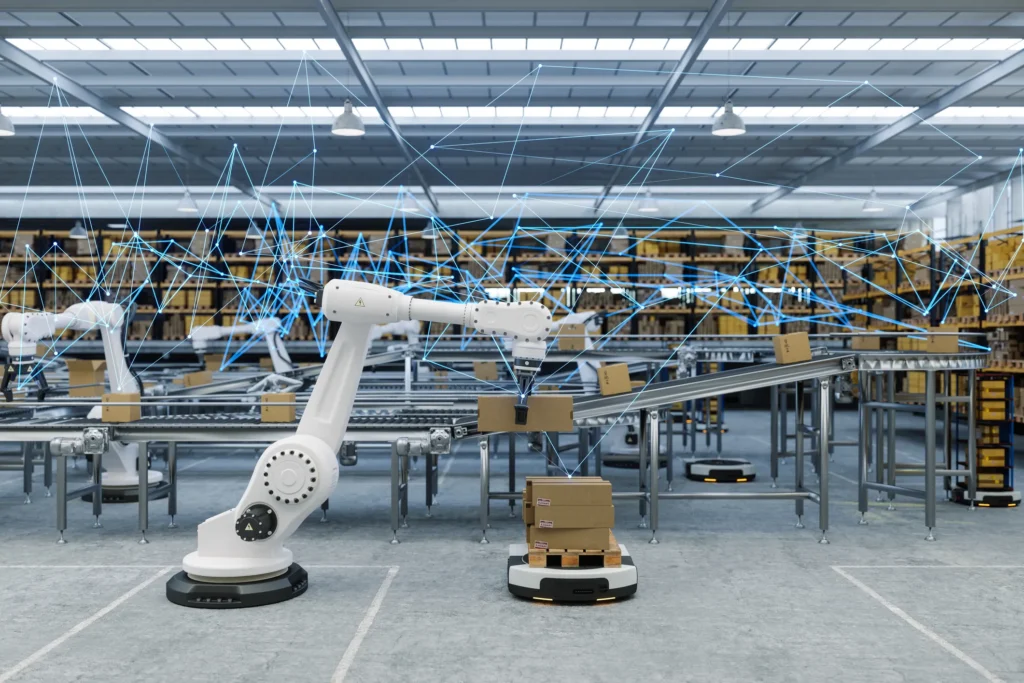As the cable industry dives into 2024, the landscape of high-speed connectivity is poised for transformation with the ongoing rollout of 10G and emerging, next-generation technologies. Dr. Rikin Thakker, Chief Technology Officer and Senior Vice President at NCTA, offers a glimpse into the highlights shaping the industry’s future. These include the deployment of DOCSIS 4.0, advancements in Wi-Fi networks, the seamless integration of artificial intelligence (AI) technologies, and the persistent prioritization of cybersecurity measures.
For an overview of what might lie ahead, delve into the Q&A with Dr. Thakker below, where he shares his insights on the industry’s technology trajectory.
With the ongoing rollout of 10G technology, how do you envision this high-speed connectivity shaping the landscape in the next year?
Dr. Thakker: 2024 marks the fifth anniversary of the launch of the 10G platform. 10G is a combination of technologies that delivers faster symmetrical speed, enhanced reliability, lower latency, and increased security. Many operators fulfilled their promises of delivering DOCSIS 4.0 in 2023 and connecting more Americans with high-speed networks. I expect these deployments to continue throughout 2024.
In terms of challenges and opportunities, tooling up and upgrading plant to DOCSIS 4.0 with either extended spectrum (ESD) or full duplex (FDX) will continue to be important. With CableLabs having concluded testing at an interoperability event last year, I also expect some operators to embrace the deployment of extended DOCSIS 3.1 as a precursor to end-to-end DOCSIS 4.0.
Augmented and virtual reality (AR/VR) are poised to become more integrated into our daily routines both at home and in the workplace. However, this shift necessitates indoor broadband networks to evolve, incorporating enhancements in user interfaces and network capabilities to accommodate a growing number of users.
Also, the widespread rollout of 10G technology, and proliferation of DOCSIS 4.0 and fiber will lead to a higher demand for newer generations of Wi-Fi networks. Rapid adoption of Wi-Fi 6E and Wi-Fi 7 will take place. The swift acceptance of Wi-Fi 6E/7 will be further fueled by their capacity to utilize additional spectrum in the 6 GHz band, particularly as more countries open up this frequency range.
Among other challenges, the network buildouts will no doubt be shaped by reliance on BEAD/RDOF funding, equipment availability and plant construction issues.
As AI continues to advance, how do you see cable providers leveraging AI technologies to enhance their services and customer experiences in 2024?
Dr. Thakker: The significance of AI will continue to grow, particularly as Adaptive AI is poised for widespread integration into a variety of networks. AI is also poised to assist operators in accelerating troubleshooting processes, optimizing monitoring procedures, and preemptively identifying potential issues such as outages and equipment failures.
Our knowledge and experience in the use of “proactive network maintenance” tools in our systems – the ability to reliably predict where networks problems will occur and correct them before the customer is impacted – continues to grow. It will be exciting to see how AI/ML will help shape these tools in the years to come.
Given the increasing frequency and sophistication of cyber threats, what cybersecurity measures or strategies is the industry prioritizing in the coming year?
Dr. Thakker: The cable industry is playing a significant role and remains committed to leading the way toward a more secure internet ecosystem. NCTA and CableLabs are working to jointly develop and publicly share a NIST CSF “Profile for Routing Security” in response to NIST’s call to action in its CSF 2.0 Concept Paper.
While the cable industry remains the leader in implementing Resource Public Key Infrastructure (RPKI) and Border Gateway Protocol (BGP), we expect other small and medium-sized operators to embrace these measures to mitigate cybersecurity threats. Known for our unparalleled collaboration with government agencies, the industry will continue sharing threat intelligence and taking on security initiatives by working with different government agencies.
What other industry issues will be front and center in 2024?
Dr. Thakker: The demand for new wireless spectrum remains critically important, and this includes the need to open up more unlicensed spectrum in order to foster significant technological growth and innovation. NTIA is set to unveil the National Spectrum Implementation Plan in the coming months. This pivotal plan will delineate strategies for various bands pertinent to the cable industry, encompassing 3.1-3.45 GHz, 7.125-8.4 GHz, and 37-37.6 GHz. Stay tuned.
IoT and consumer device labeling will be an important advancement this year that we plan to monitor.
2024 is likely to be another notable year for the cable industry with advancements in the 10G domain and extraordinary growth in wireless subscriptions.









